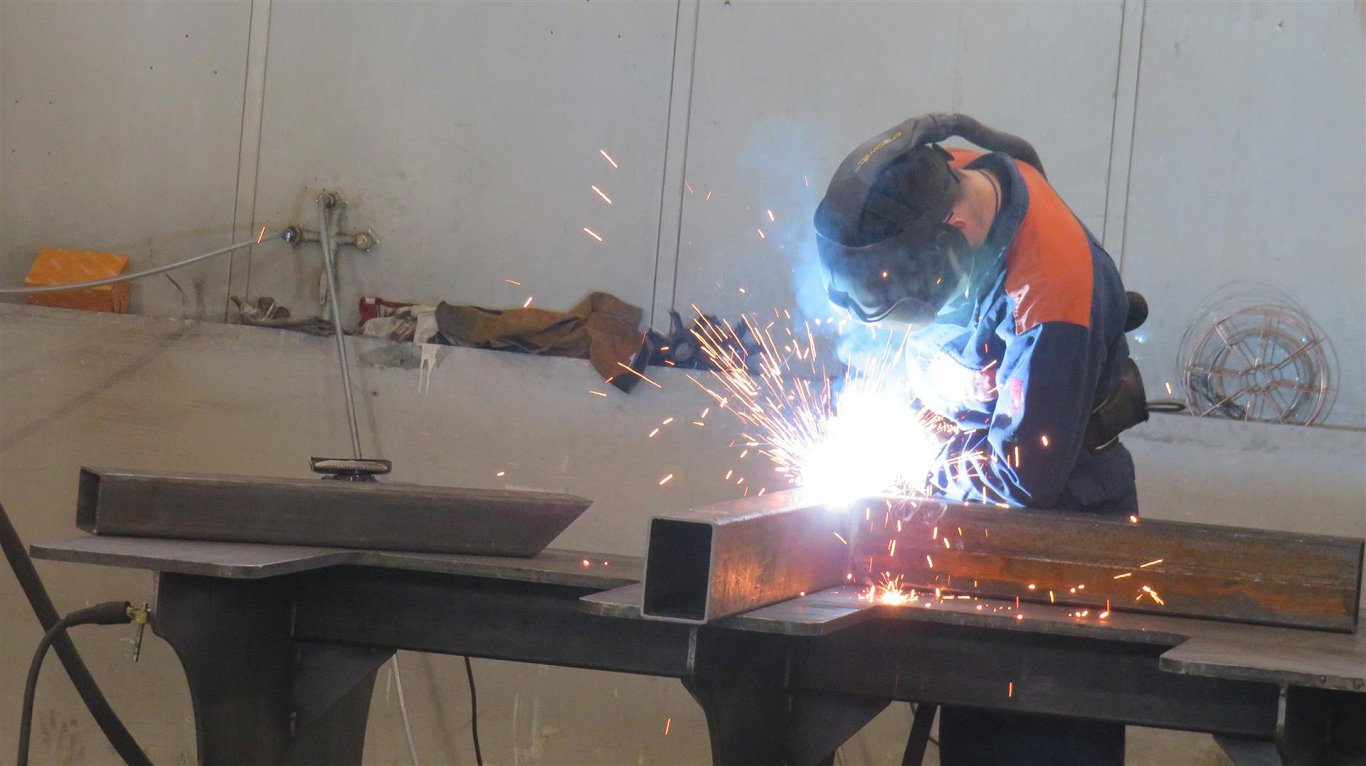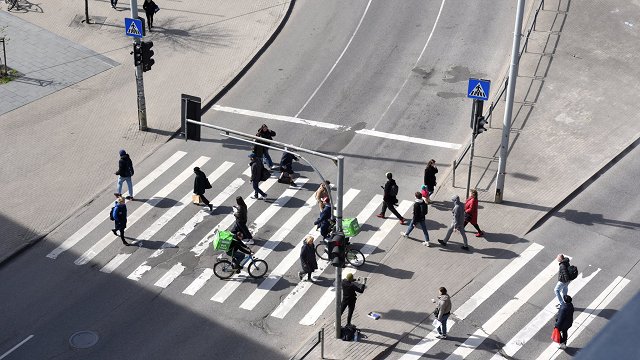The unemployment rate in Latvia is decreasing this year, and currently it is 5%. The most rapid decline was observed in Latgale, although unemployment rates there are still twice as high as in other regions of Latvia. This is most pronounced in the metalworking, sewing, light manufacturing, and food manufacturing sectors.
In Latgale, this situation is specific, said Andris Kucins, head of Latgale Planning Region's Latgale Business Center: “Businesses complain that they cannot attract a qualified labour force. Our region differs from other regions because we [..] have an older workforce. From that, too, stems that high unemployment rate, because such simple conveyor work cannot be tolerated purely physically by these people for eight hours a day five days a week. Because digitization and automation are not everywhere possible. This is why work is underway to find a solution to attract skilled labor, such as how to attract welders from other countries in the field of metalworking.”
AS “Daugavpils locomotive repair plant” is among companies open to the labor market and ready to train potential employees, according to Svetlana Beļavska, representative of the company's personnel department.
'We're especially looking for rolling stock locksmiths, lathe workers. We are ready to train people because we understand that we will not be able to find such technically educated employees,” said Beļavska.
There are other sectors in the region where there is a shortage of labor and where there is support for attracting guest workers, such as sewing. Krāslava's sewing company, IV Plus, employs around 60 seamstresses, having moved to a new industrial production building a few years ago as work grew.
“It is only at the expense of productivity that more can be achieved. We are in favor of opening up the labor market,” said Irēna Voicehoviča, head of IV plus, adding that the company is only ready to do so if a guest worker can be paid the salary that is on average in the sector and not as required by legislation, the average monthly gross wage in the previous year in the country.
Changes that would make it easier for foreigners to enter the local labor market are being worked on, working hands are needed at different levels, and this would be a contribution to the region, the head of the Latgale Business Center said.
“If people who want to work come with family, then that's actually extra demand for kindergartens, extra money spent at the store and generally for the economy, it also brings other intermediary benefits. For more than half a year, together with the Latvian Chamber of Commerce and industry, with Latgale region deputies, this issue has been raised and not just once. It's on the political agenda, and entrepreneurs keep saying that there's not enough workforce,” said Kucins.
Political discussions are taking place in this area and it is important to take into account several aspects, Saeima deputy Alīna Gendela (New Unity) said: “This is where vocational and higher education institutions need to be talked about in order to respond swiftly and have an appropriate education program so that young people can be involved quickly.”
“The primary thing is to provide local people, youth, with work,” said Gendela, adding that the issue of guest workers must be carefully assessed. “It should be greatly assessed which countries workers could be attracted from, so that we do not put Latvia's security issue at risk by attracting this workforce, residents are always very concerned,” said the parliamentarian.
Data from the Office of Citizenship and Migration Affairs show that about 15,000 work permits have been issued in Latvia in recent years, most often for guest workers from Uzbekistan, Ukraine, Belarus, India, and Russia. Lately, workers from Tajikistan, the Philippines, Georgia, and Kyrgyzstan have also arrived, who have found jobs mostly in the transport sector and construction as auxiliary workers. However, 22,000 vacancies have been registered on the State Employment Agency portal, and half of them - more than 10,000 - are vacancies that have not been filled for a long time.





























